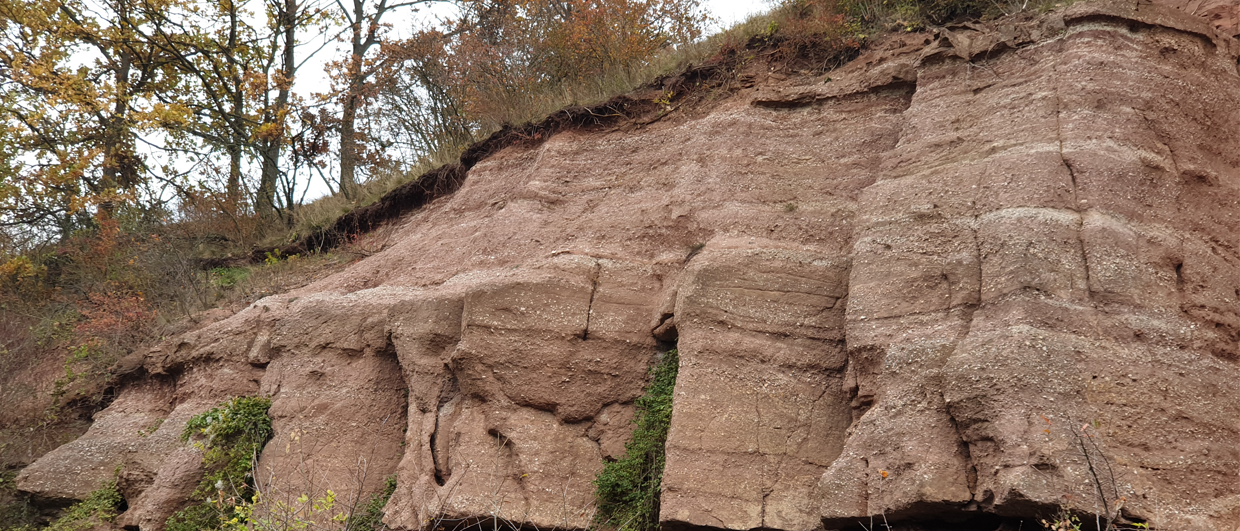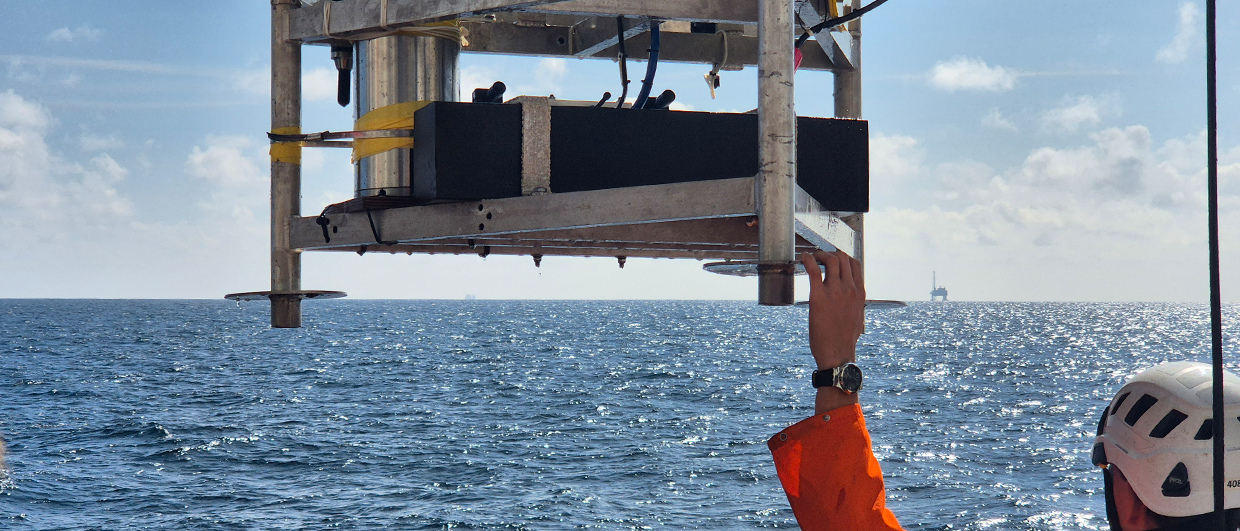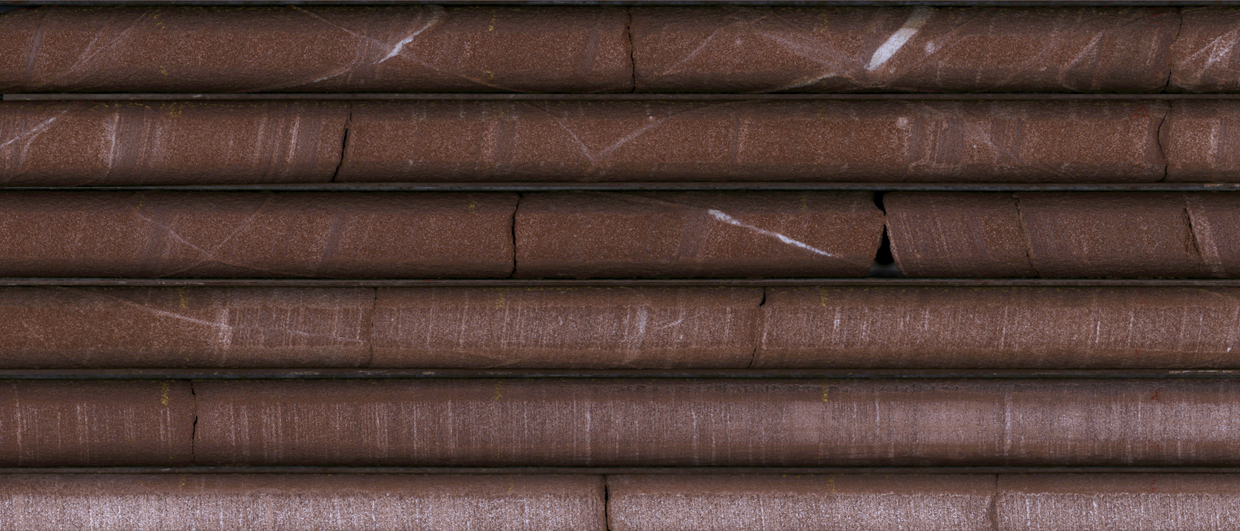There is a huge drive to reduce the use of gas for heating in the Netherlands. However, whilst the share of renewables in electricity generation is increasing, heat demand in the Netherlands is still heavily reliant on gas.
LTA Energy – a start-up based in the north of the Netherlands – taps into low enthalpy geothermal heat in order to accelerate the transition from gas towards renewable heat. We caught up with founder Henk Groenewold who is heading the company.
“We normally drill holes up to around 300 m depth, in which we fit a closed-loop system, consisting of two tubes connected at the bottom of the well with a U-shaped connector. Circulating water through this geothermal loop usually results in a temperature increase by around 5°C. A heat pump is subsequently required to boost the temperature to be suitable for underfloor heating,” explains Groenewold.
Salt domes
“There is always the balance to strike between the depth of drilling – i.e. the investment required – versus the subsurface temperature that can be tapped into, continues Groenewold. That is why he got intrigued by the presence of salt domes in the shallow subsurface of the Netherlands. These salt domes are known to benefit from a higher thermal conductivity, which is supposed to result in higher temperatures at relatively shallow depths.
A modelling study published in 2017 suggested that temperature differences of up to 25°C could be expected near the top of salt domes in the north of the Netherlands, with a potential increase in energy extraction by up to 40%.
With that in mind, Groenewold and his team embarked on a project to drill a borehole in the village of Onstwedde, with the aim to potentially heat the local swimming pool. Onstwedde is located right on top of a Zechstein salt dome, which had previously been mapped on seismic and gravity data but had never been drilled before.

Unexpected results
The minimum temperature Groenewold expected to find was 25°C, which is around 10°C warmer than commonly observed at depths of 200-300 metres. So, when the borehole reached a depth of 297 m, and the loop was installed, the first temperature measurements were eagerly anticipated.
The results were not as Groenewold and his team had hoped for. “We saw a temperature of 16°C, he explains, which is obviously much lower than we had anticipated.”
What could be the explanation for such a large discrepancy between observed and expected temperatures? There are a few factors at play.
First of all, the way of drilling comes with limitations. Observing lithological changes whilst drilling in unconsolidated sediments requires a dedicated well-site geologist who would sample the returns, wash the samples and inspect them through the microscope. “The rate of drilling and the limited size of the operation do not accommodate a full well-site service, which comes with uncertainties around the lithologies that are being drilled,” admits Groenewold.
Even when the salt dome was drilled, there is a chance that the well hit the overlying caprock instead of the halite succession. Caprock is generally characterised by a mix of lithologies that accumulate when a salt dome is exposed at or near surface, leading to the dissolution of the salts. The seismic line above suggests that the salt dome is indeed capped by a more reflective succession, which may suggest the presence of a more layered and therefore a more lithologically diverse succession.
Another possibility is that the drilling mud cooled the formation to an extent that the subsequent temperature measurements resulted in depressed readings.
Better mapping required
Whatever the main factor is, the Onstwedde drilling experiment has clearly shown that the reality can sometimes be different from the anticipated result. Groenewold has already embarked on a project to better map the surface of the salt dome. In addition, a stronger drilling rig could be required to drill through the caprock to depths deeper than originally prognosed.
Given the number of salt domes in the north of the Netherlands and Germany where this methodology could be applied, it is worth investigating the matter further.





